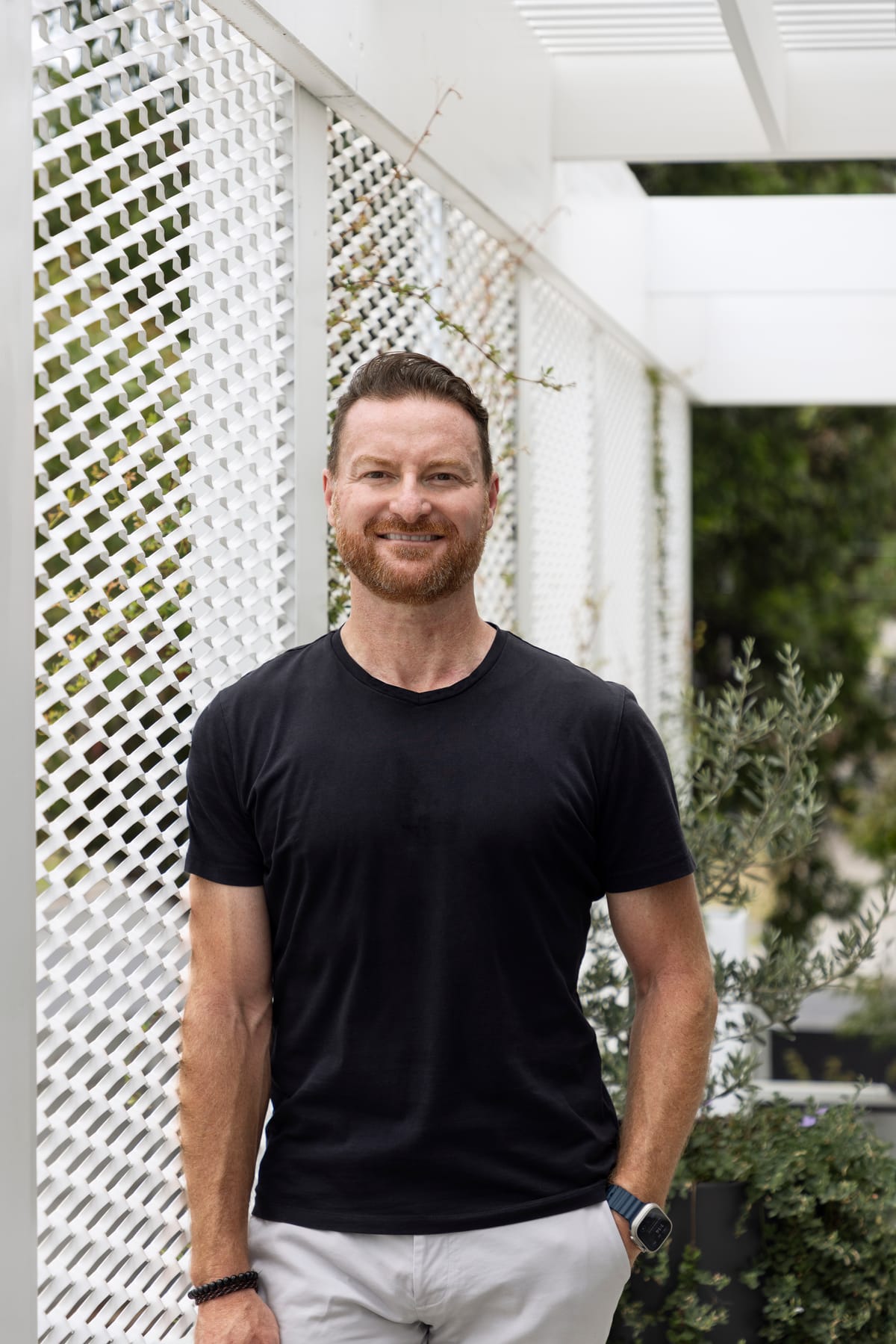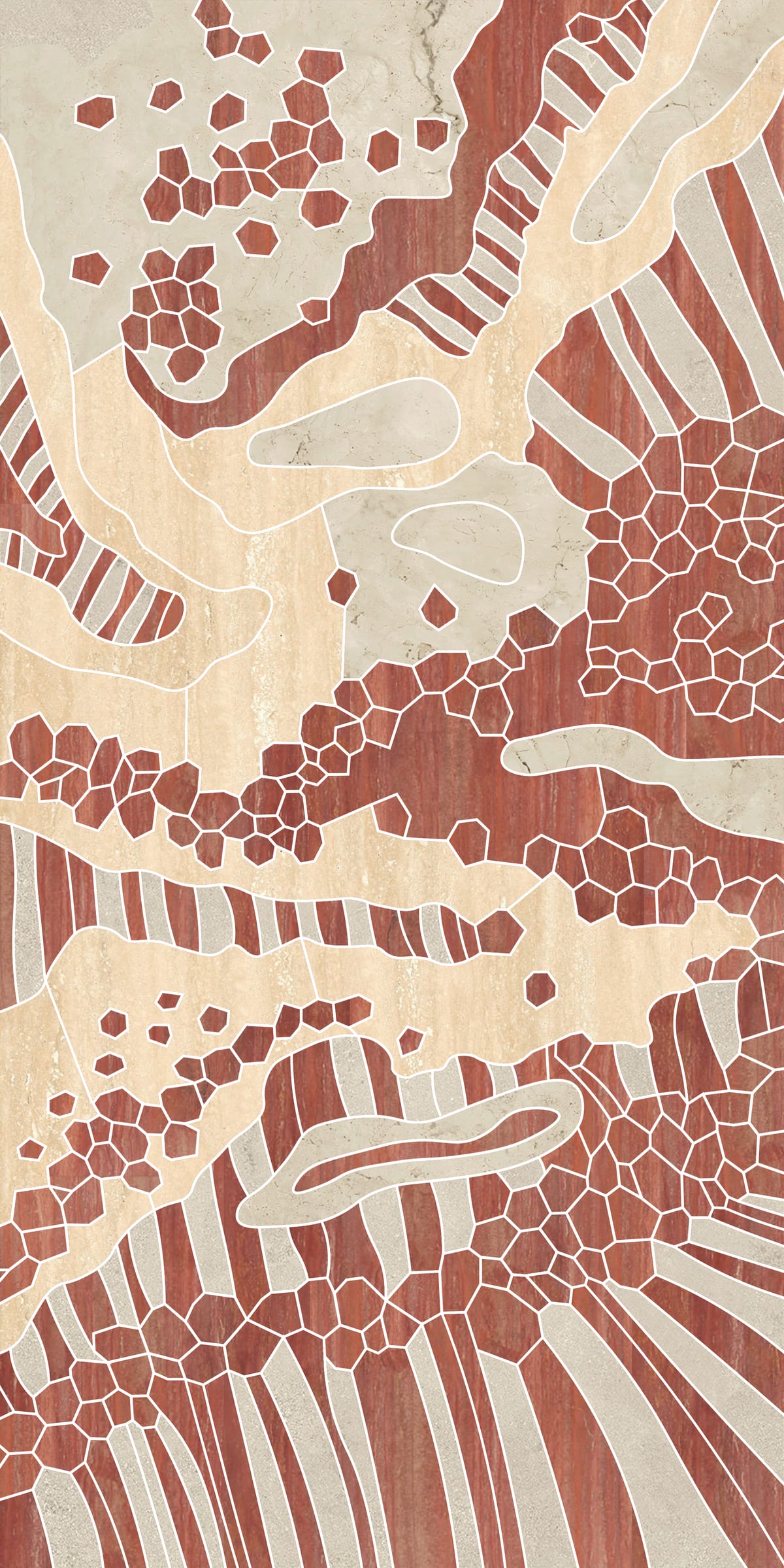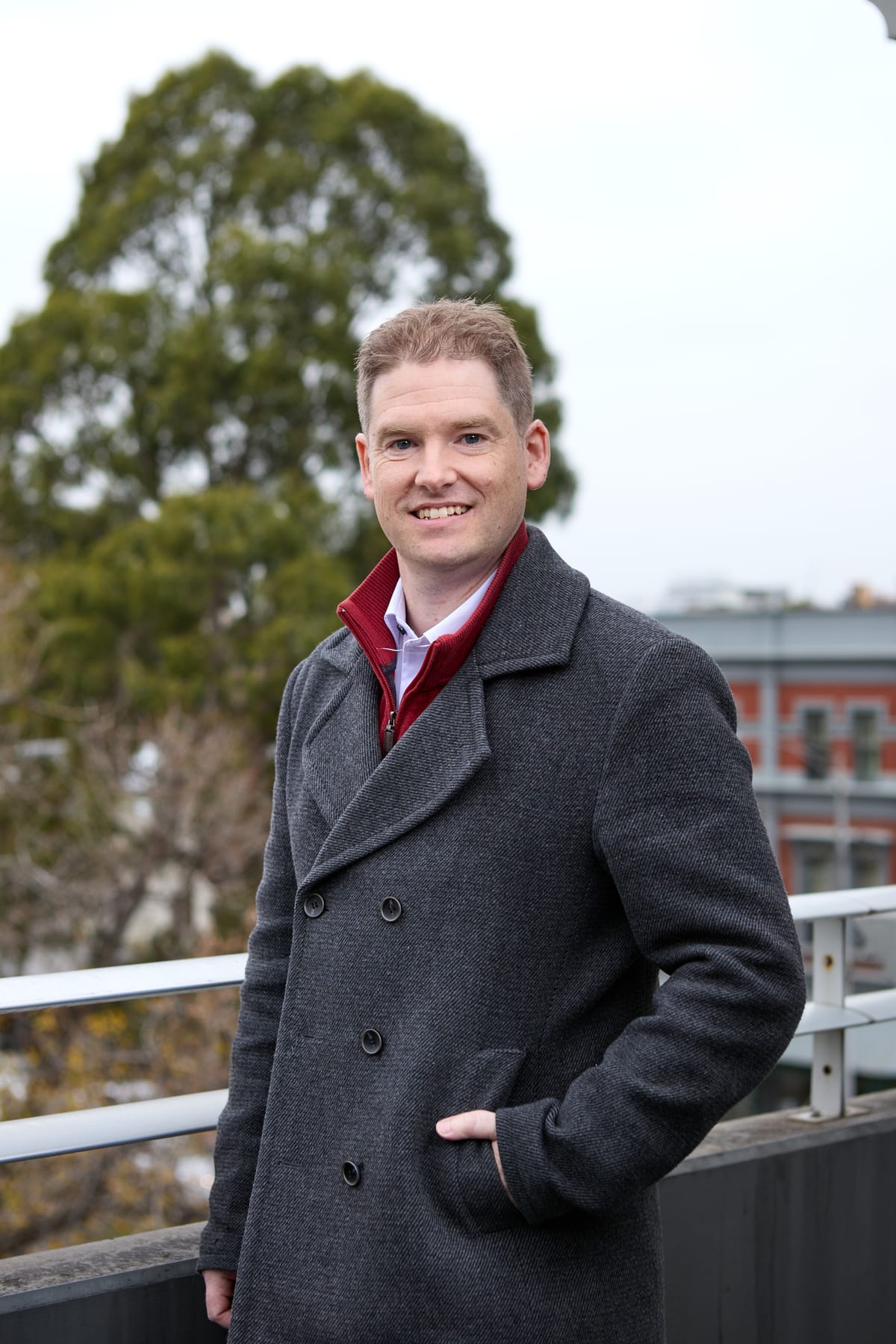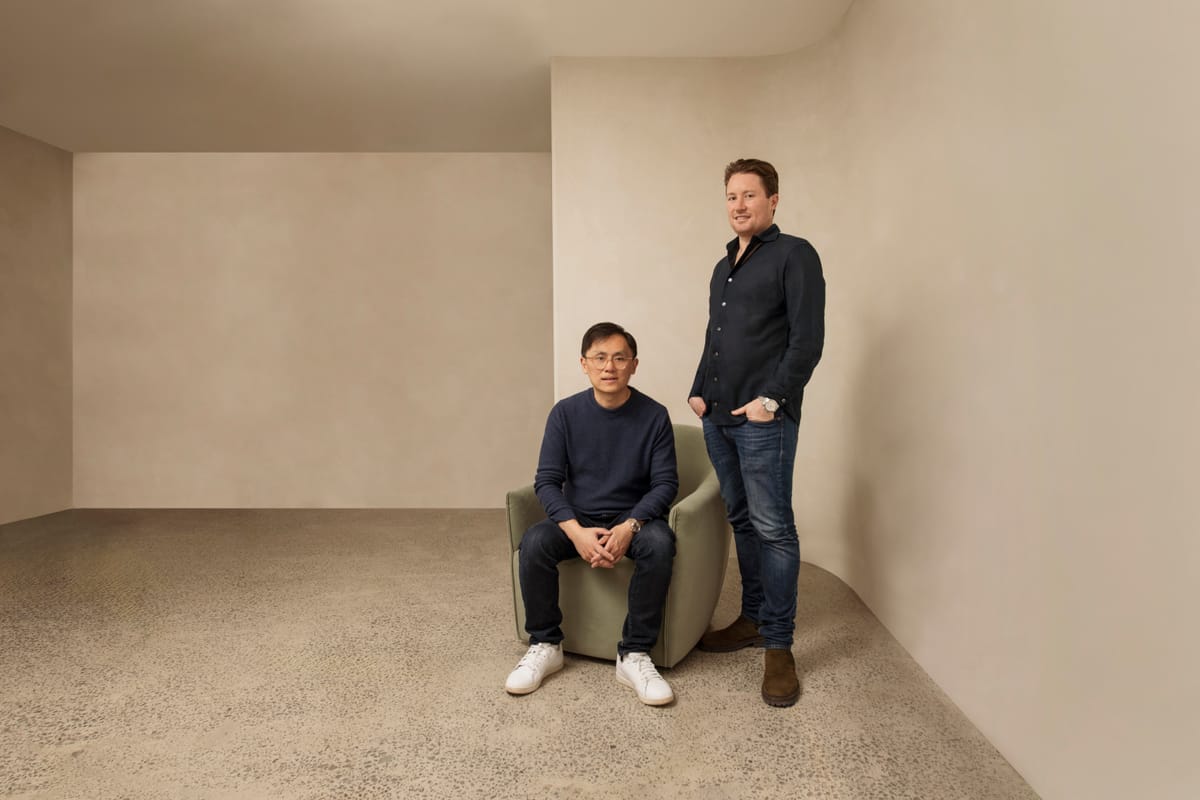Anthony Brookfield, a Principal at Hassell, has been a leader of the Landscape Architecture team for the past 11 years.
He has worked on projects such as Optus Stadium's Chevron Parkland, WA Museum Boola Bardip, Hibernian Place, Crown Towers, Margaret River Main Street and Dalkeith's Sunset Heritage Precinct. He’s also worked extensively through South East Asia designing riverside parks and mixed use master plans.
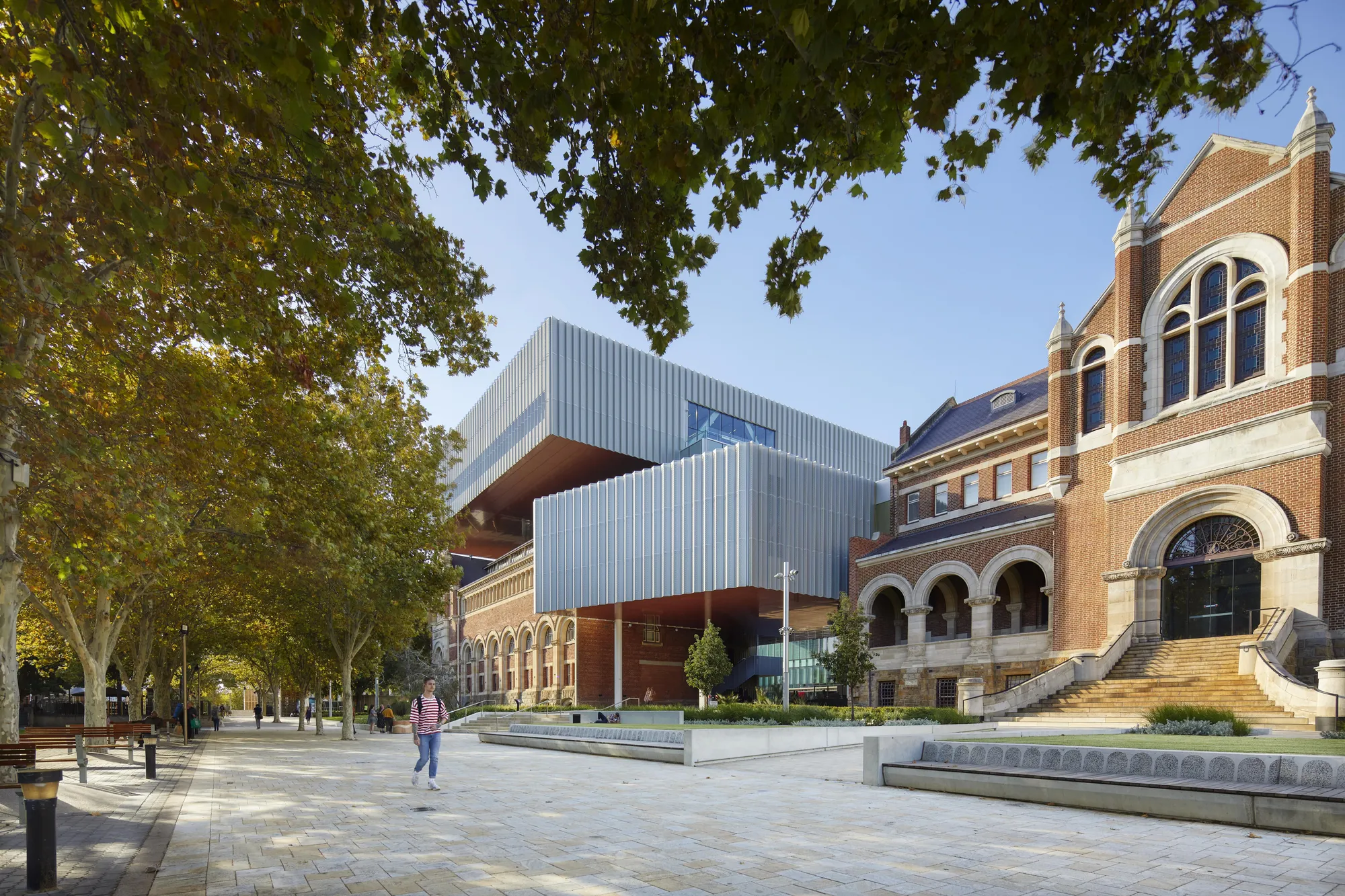
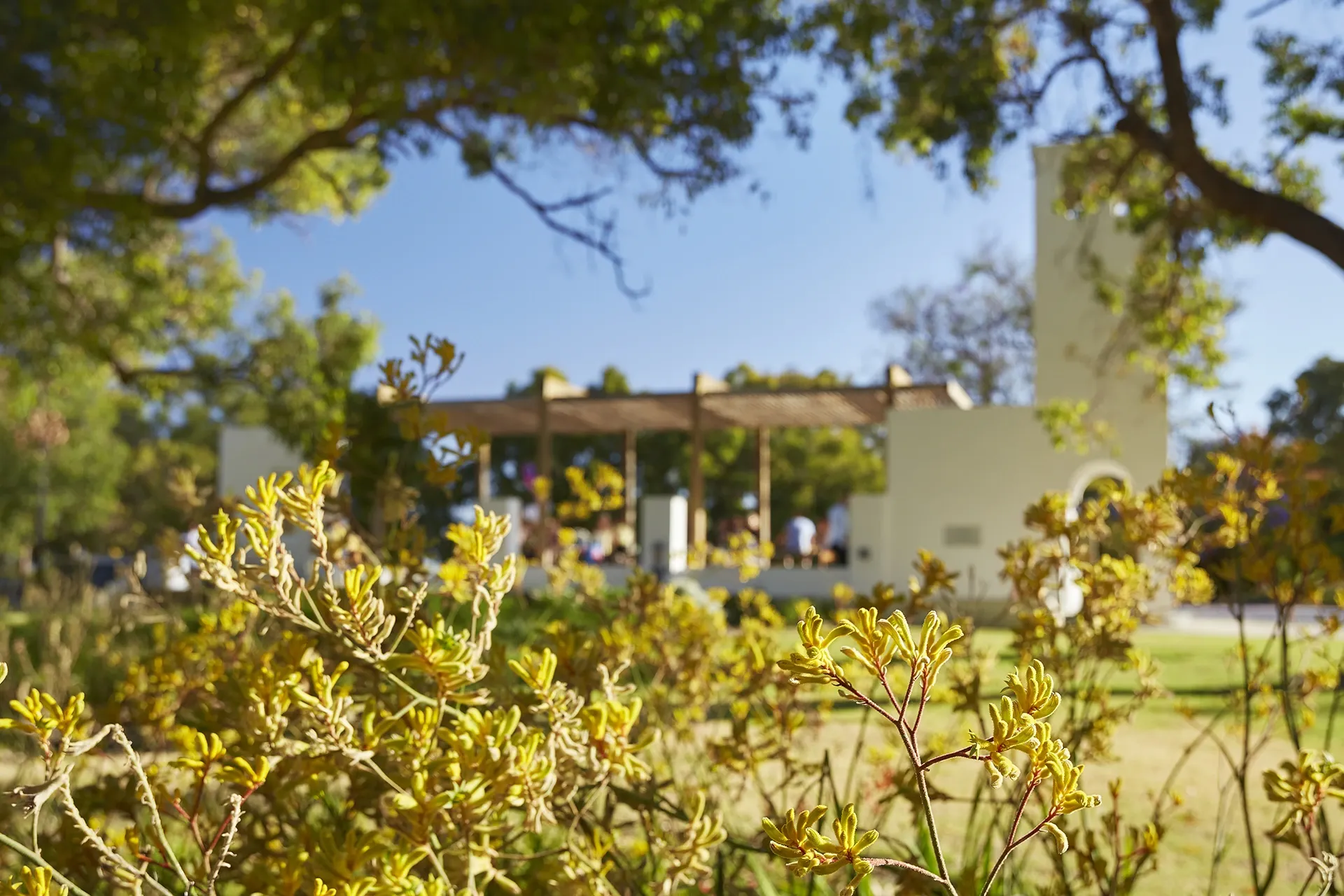
Anthony initially studied Geography at the University of Manchester, but after finishing his degree, he decided that Landscape Architecture was more his style. Anthony's interest in how spaces are used drew him to pursue a career at the intersection of environment, people and creativity.
His approach to design and projects is founded on a thorough understanding of the client’s brief, appreciation of how people will experience the place and the development of a clearly understood design concept.
Hassell has a rigorously developed design process that is the result of testing, research, and the definition of a clear concept. Anthony and his team spend a lot of time discussing design through the filters of function, aspiration, beauty, and context.
He mentions that including the word beauty as one of the four key elements of Hassell's design process was a deliberate decision. The process generates key ideas that serve as the foundation for the rest of the project. For the project to succeed, the team must be able to communicate the idea and get everyone on board with the concept, this ultimately creates longevity.
Anthony believes that one of Hassell's key differentiators and strengths from other practises is their focus and emphasis on collaborative design. At the start of multi-disciplinary projects all disciplines, including the landscape team, are part of the design dialogue. The concept of collaboration is deeply ingrained and a foundational aspect of Hassell's culture. Throughout the design process, all disciplines are valued and explored equally.
He claims that in some projects, the landscape component is as important as, if not more important than, the building component itself. Optus Stadium is an example of this, where one of the most important aspects of the project was the concept of the ‘healing of the land’ and how the stadium could be integrated into a landscape which tells rich stories of Whadjuk culture.
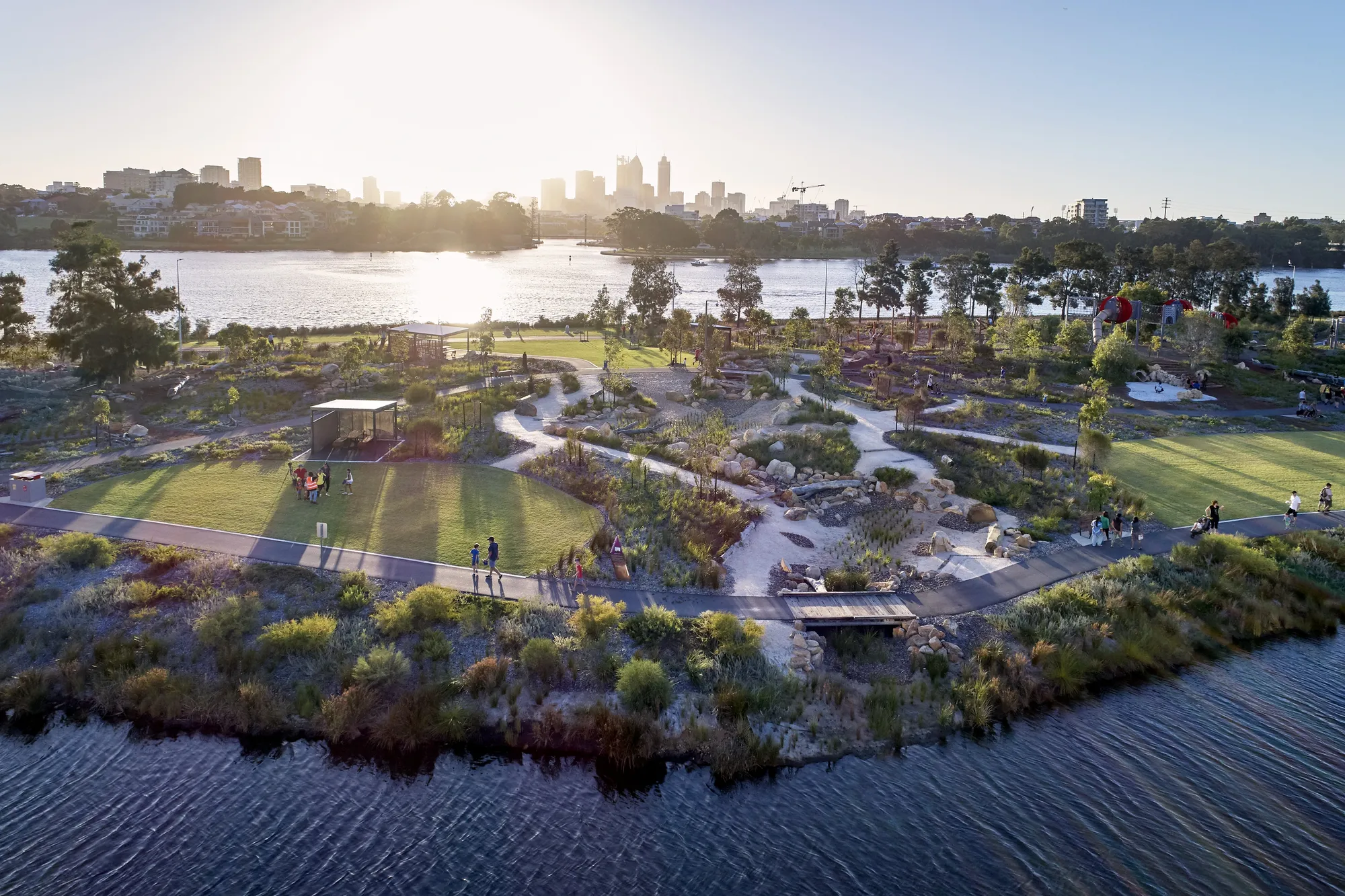
Anthony speaks of a commitment to delivering not only ambitious and visionary designs but also ones which are pragmatic and deliverable. The Perth Zoo Masterplan 2040 is a project where Anthony led a highly collaborative process, steering the client group and engaging closely with the passionate keepers and conservation focussed staff.
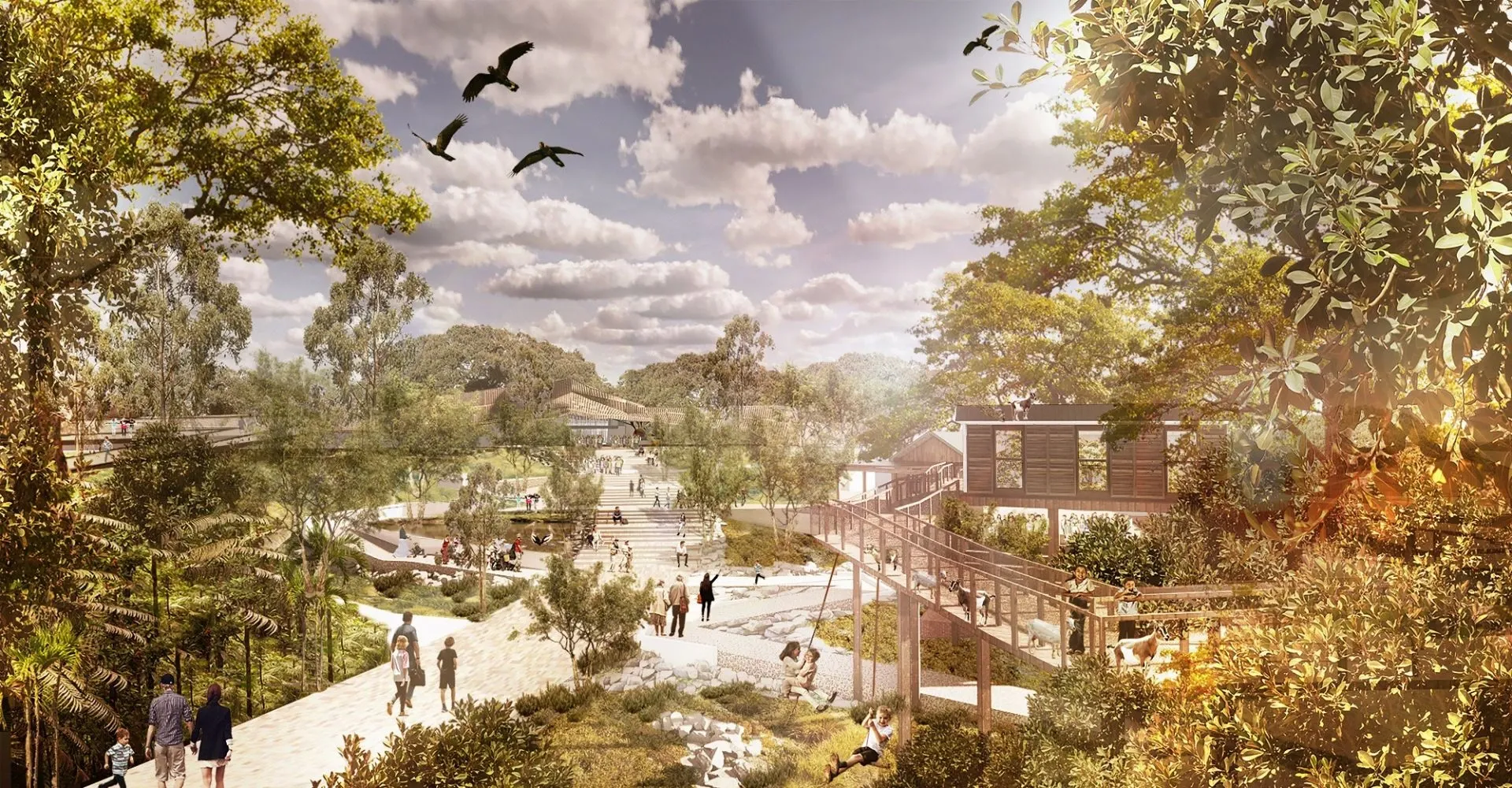
According to Anthony clients enjoy the positive experience of working with a large office like Hassell. He believes that there can sometimes be a misconception that an international design practise can appear a bit ‘faceless’ but that through their commitment to client engagement, design process and studio culture, clients can appreciate the quality of thinking and competency of the work.
Furthermore, Anthony believes that Hassell strongly supports values such as wellness and nurturing. He observes that these did not appear to be a priority when he first entered the design industry in the UK but he recognises the importance of a balanced approach to work, managing client and employee expectations, and how to treat team members. In the past, the design industry has fallen short of this goal, but it is gradually improving.
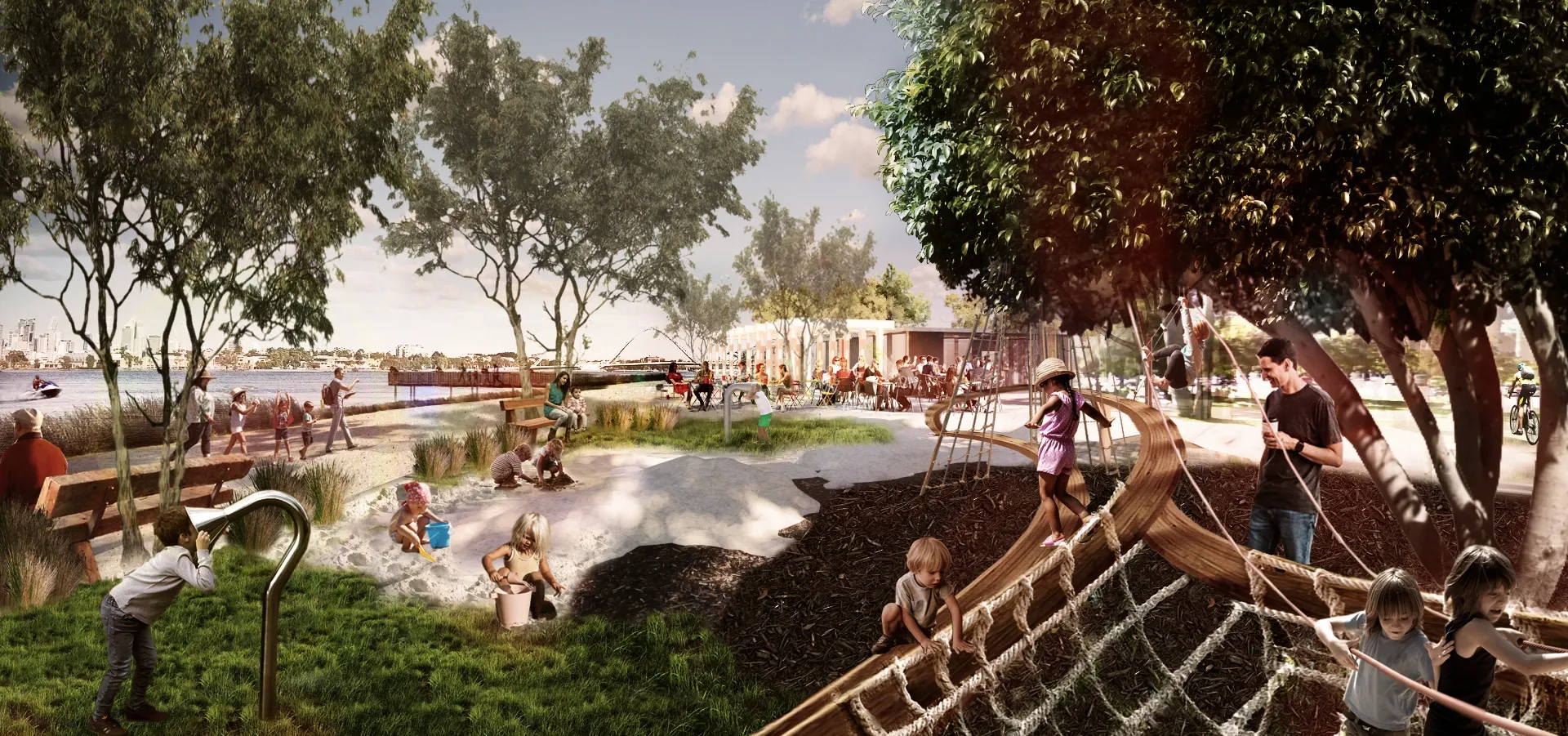
Outside of landscape architecture, Anthony is a passionate music fan with perhaps an excessive knowledge of classic rock trivia. All his heroes seem to be old school rock’n rollers! He is also a runner and sometimes OK golfer. He has a somewhat puzzling party piece where he can push his nose into his face, a sight to behold. This ‘superpower’ may or may not be related to a childhood fall off the handlebars of his father's bike.




